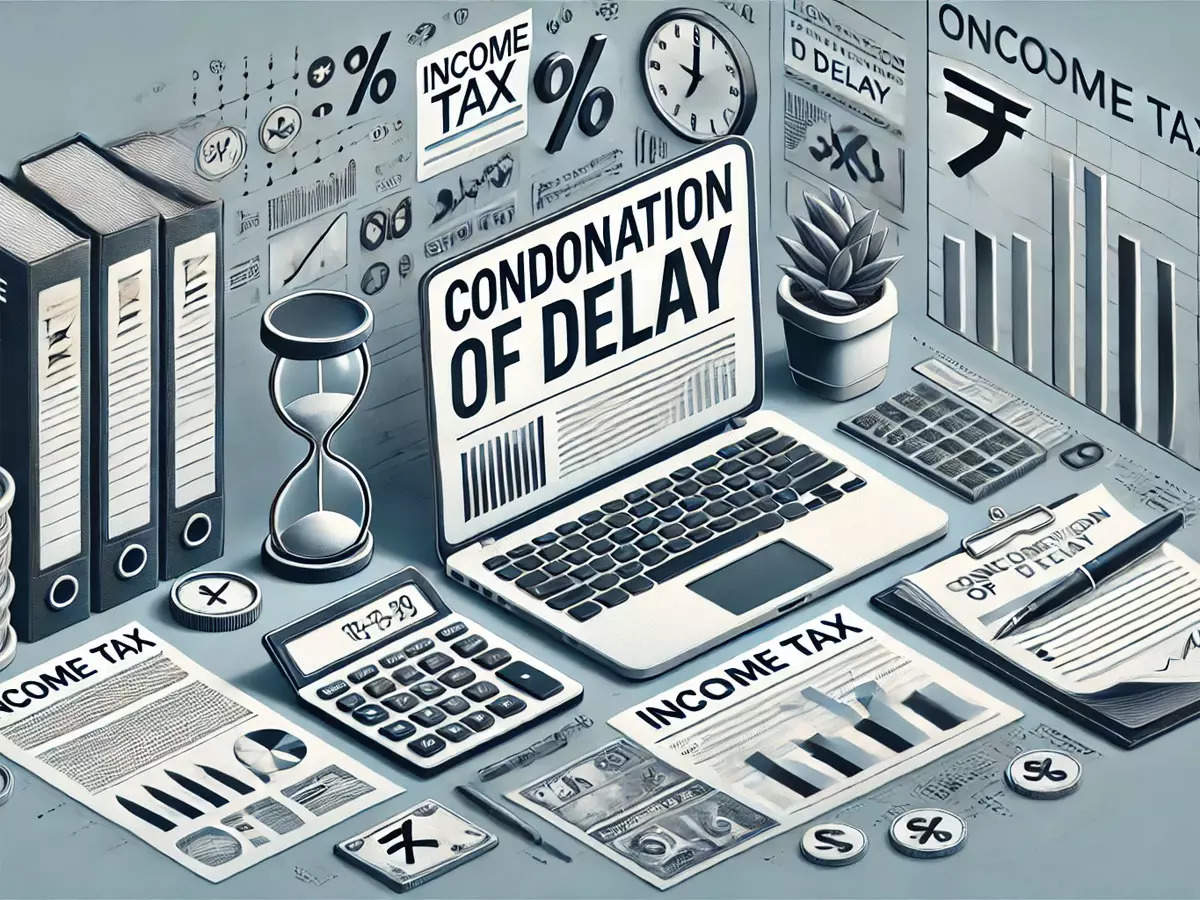
DATA for the Philippines' second-quarter (Q2) economic performance was released by the Philippine Statistical Authority (PSA) last Thursday, and showed that gross domestic product (GDP) grew by 6.3 percent year on year in the April-July period. This was better than the 6.0-percent consensus expectation and was properly characterized by the government's economic experts as confirmation that the economy is on the right track. However, there are signs that the momentum could be lost if fundamental indicators such as consumer spending and agricultural output are not aggressively addressed.
The second-quarter GDP growth was substantially better than the 4.3 percent recorded in Q2 of 2023, higher than the 5.8-percent GDP growth in the first quarter of this year and comfortably within the bounds of the government's 6.0- to 7.0-percent growth target for 2024. The Q2 growth figure was also noteworthy because the second quarter is typically the slowest quarter of the year in terms of GDP growth, so any break in that pattern is usually a good sign.
Some key indicators shared by the PSA in its discussion of the GDP results were the expansion in both the industry and services sectors, by 7.7 percent and 6.8 percent year on year, respectively; growth of household consumption spending by 4.6 percent; and a sharp increase in growth of government spending, from 1.7 percent in the first quarter to 10.7 percent year on year in the April to June period.
That's the good news. There were two indicators, in particular, that are not as encouraging, one that is rather obvious and one that is perhaps less so.
Not so encouraging indicators
First, agricultural output declined by 2.3 percent in Q2, which the chairman of the House Ways and Means Committee, Rep. Joey Salceda, attributed to the impact of El Niño and the recent Typhoon Carina. This is worrisome, Salceda suggested, because corn and poultry prices are elevated; higher prices add to gross value, so the implication is that real agricultural output probably declined by more than the 2.3-percent figure would indicate.
The second indicator that is worrisome was the 4.6-percent growth in consumer spending, which was only 0.1 percent higher on a quarterly basis, and thus for all intents and purposes, unchanged from the first three months of the year. When put together with the sticky inflation rate — which rose to 4.4 percent in July from 3.7 percent in June — consumer spending is effectively contracting.
If we take a closer look at the details of July's inflation report from the PSA, the picture of consumer spending becomes clearer. Food price inflation accelerated to 6.4 percent in July from 6.1 percent in June, which was already nearly double the overall headline inflation rate. Likewise, inflation of housing, water and energy prices accelerated to 2.3 percent from just 0.1 percent a month earlier. Meanwhile, inflation rates of things that can be considered more discretionary in terms of household spending, such as clothing, recreation and restaurants, and accommodations, all declined.
These trends have been observed throughout the entire first half of the year, although they have varied to some degree from month to month. Taken altogether, they suggest that households are spending an increasing proportion of their incomes on basic necessities, primarily food and energy, but not otherwise increasing their overall spending, either because they do not have the surplus for discretionary spending, or are holding back in anticipation of even higher costs in the coming months.
This is not exactly a revelation to the government's economic planners, who acknowledged in their discussions of the GDP result that controlling inflation and improving jobs and household incomes are key objectives. However, they have been saying the same thing since time immemorial, and there is no indication yet that the rhetoric by itself has some magical ability to improve the situation. And as it happens, there are already signs that job creation may largely take care of itself; June's 3.1-percent unemployment rate matched the lowest rate in almost 20 years. Those jobs are not going to have the benefits policymakers hope for, if the prices of basic necessities continue to be difficult for ordinary households to manage. The government needs to ramp-up its efforts to control inflation, and take a harder look at areas — in particular, energy prices — where it has generally been reluctant to intervene.
Read The Rest at :





